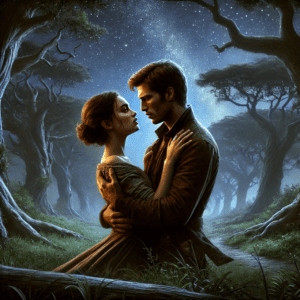
Geothermal hot springs are a fascinating natural phenomenon that have captivated human imagination and served various roles across different cultures and eras. These natural hot water sources, often found in geologically active regions, are not just marvels of nature but also windows into the planet’s interior workings. Their existence and benefits have been harnessed by civilizations throughout history, from the ancient Romans and Japanese to Indigenous cultures around the globe. This article explores the science behind geothermal hot springs, their historical significance, and their cultural impact, offering a comprehensive look at these steaming wonders of the Earth.
Geothermal hot springs are formed through the heating of groundwater by the Earth’s internal heat. This geothermal energy originates from the radioactive decay of minerals and the original heat from the Earth’s formation. In areas with volcanic activity or where the Earth’s crust is thinner, magma can heat water trapped in porous rocks or fissures. As the water heats up, it becomes less dense and rises to the surface, forming hot springs. The temperature of these springs can vary widely, from just above the ambient ground temperature to boiling hot.
The chemical composition of hot spring water can also vary greatly, depending on the geology of the area. Minerals dissolved in the water can include sulfur, calcium, magnesium, and lithium, among others. These minerals often give hot springs their reputed healing properties, contributing to their use in spa and wellness practices.
The use of geothermal hot springs dates back thousands of years, with evidence of use by ancient civilizations across the globe. The ancient Romans, renowned for their engineering prowess, built elaborate baths and aqueducts to harness the power of hot springs. These baths were not just places for bathing but also centers for socializing and conducting business, integral to Roman culture and society.
In Japan, the onsen (hot spring) culture has a history that intertwines with religion, healing, and recreation. Japanese hot springs are often located in scenic areas and are thought to have restorative properties that benefit both the mind and body. Bathing in an onsen is considered a spiritual experience, with traditional rituals and etiquette to enhance the therapeutic effects.
Indigenous cultures in North America, New Zealand, and other parts of the world have also recognized the significance of hot springs. For many, these natural features are sacred sites, believed to possess healing powers and spiritual significance. The use of hot springs by these cultures often involves rituals and ceremonies that reflect a deep respect for nature.
Beyond their historical use for bathing and healing, hot springs have also played roles in mythology, art, and literature. Many cultures have myths and legends that feature hot springs, often attributed to the actions of gods or supernatural beings. In art and literature, hot springs often symbolize rejuvenation, healing, and the primal forces of nature.
Today, hot springs continue to be popular tourist destinations, offering relaxation and wellness experiences. The global appeal of hot springs has led to the development of spa towns and resorts in many countries, blending traditional practices with modern luxury. The sustainability of hot springs as natural resources, however, has become a concern, with issues related to overuse and environmental impact requiring careful management.
Geothermal hot springs are more than just natural wonders; they are a testament to the dynamic processes that shape our planet. Their role in human history and culture underscores the deep connection between humanity and the natural world. As we continue to explore and understand these remarkable features, it’s important to balance their use with the preservation of their natural beauty and therapeutic qualities. Whether as sources of inspiration, healing, or relaxation, hot springs remain enduring symbols of the Earth’s generosity and mystery, inviting us to delve deeper into the secrets they hold beneath their steaming waters.





